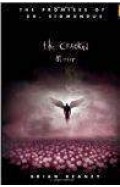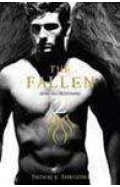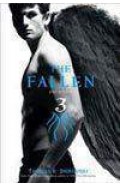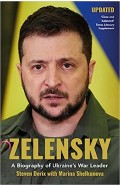The Three-Body Problem
By: Cixin Liu
-
Rs 2,245.50
- Rs 2,495.00
- 10%
You save Rs 249.50.
Due to constant currency fluctuation, prices are subject to change with or without notice.
A View from the Stars: Stories and Essays
By: Cixin Liu
Rs 9,175.50 Rs 10,195.00 Ex Tax :Rs 9,175.50
Cixin Liu's the Village Teacher: A Graphic Novel
By: Cixin Liu
Rs 2,245.50 Rs 2,495.00 Ex Tax :Rs 2,245.50
Cixin Liu's the Wandering Earth - A Graphic Novel
By: Cixin Liu
Rs 2,245.50 Rs 2,495.00 Ex Tax :Rs 2,245.50
Zubin Mehta: A Musical Journey (An Authorized Biography)
By: VOID - Bakhtiar K. Dadabhoy
Rs 892.50 Rs 1,050.00 Ex Tax :Rs 892.50
Braiding Sweetgrass: Indigenous Wisdom, Scientific Knowledge and the Teachings of Plants
By: Robin Wall Kimmerer
Rs 2,515.50 Rs 2,795.00 Ex Tax :Rs 2,515.50
Beyond Good and Evil (Penguin Classics)
By: Friedrich Nietzsche
Rs 2,245.50 Rs 2,495.00 Ex Tax :Rs 2,245.50
Beyond Twilight Explore The World Of vampire
By: Manuela Dunn-Mascetti
Rs 293.25 Rs 345.00 Ex Tax :Rs 293.25
The Red Pyramid (The Kane Chronicles Book 1)
By: Rick Riordan
Rs 1,795.50 Rs 1,995.00 Ex Tax :Rs 1,795.50
Dr Sigmundus: The Cracked Mirror The Promises of Dr Sigmundus
By: Brian Keaney
Rs 1,780.75 Rs 2,095.00 Ex Tax :Rs 1,780.75
Braiding Sweetgrass: Indigenous Wisdom, Scientific Knowledge and the Teachings of Plants
By: Robin Wall Kimmerer
Rs 2,515.50 Rs 2,795.00 Ex Tax :Rs 2,515.50
Beyond Good and Evil (Penguin Classics)
By: Friedrich Nietzsche
Rs 2,245.50 Rs 2,495.00 Ex Tax :Rs 2,245.50
Zelensky - A Biography of Ukraine's War Leader
By: Steven Derix
Rs 2,290.75 Rs 2,695.00 Ex Tax :Rs 2,290.75
Zubin Mehta: A Musical Journey (An Authorized Biography)
By: VOID - Bakhtiar K. Dadabhoy
Rs 892.50 Rs 1,050.00 Ex Tax :Rs 892.50
A View from the Stars: Stories and Essays
By: Cixin Liu
Rs 9,175.50 Rs 10,195.00 Ex Tax :Rs 9,175.50
Cixin Liu's the Village Teacher: A Graphic Novel
By: Cixin Liu
Rs 2,245.50 Rs 2,495.00 Ex Tax :Rs 2,245.50
Cixin Liu's the Wandering Earth - A Graphic Novel
By: Cixin Liu
Rs 2,245.50 Rs 2,495.00 Ex Tax :Rs 2,245.50
Braiding Sweetgrass: Indigenous Wisdom, Scientific Knowledge and the Teachings of Plants
By: Robin Wall Kimmerer
Rs 2,515.50 Rs 2,795.00 Ex Tax :Rs 2,515.50
Beyond Good and Evil (Penguin Classics)
By: Friedrich Nietzsche
Rs 2,245.50 Rs 2,495.00 Ex Tax :Rs 2,245.50












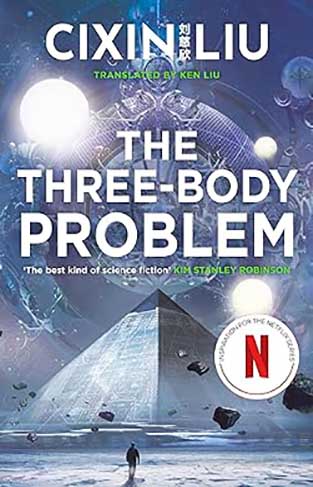
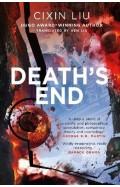
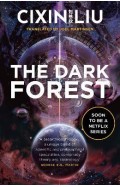
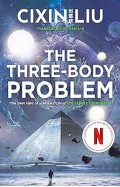



-120x187.jpg?q6)





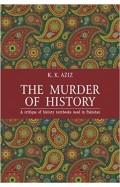



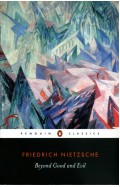

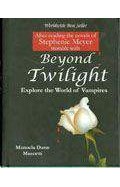

-Paperback-120x187.jpg?q6)
